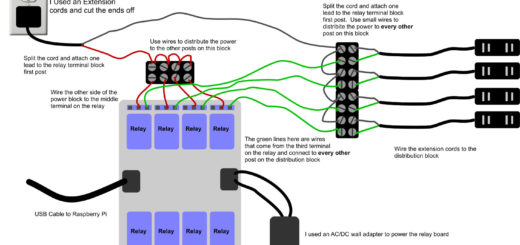Hyper-V vs VMWare
 I recently had a vendor meeting with our local representative from VMWare, had to beat them up on their lack of response on a recent support issue. During the conversation we brough up new advances in Microsofts virtualization. The VMWare rep backpedaled and spouted about their long reputation in the industry. OK, so that is all well and good but I reviewed a recent purchase for hardware.
I recently had a vendor meeting with our local representative from VMWare, had to beat them up on their lack of response on a recent support issue. During the conversation we brough up new advances in Microsofts virtualization. The VMWare rep backpedaled and spouted about their long reputation in the industry. OK, so that is all well and good but I reviewed a recent purchase for hardware.
We needed to add a few more blades to our HP C7000 blade center. Lately we have been specifying the BL495c G6 model blades (the G7 models will be out in July) These are AMD based systems with 2 Six Core processors, we load them with 64 Gigs of RAM. Total cost for these blades adding Windows Server 2008 R2 Data Center is about $8,000. OK, now we need to add a Virtualization technology, VMWare adds to the cost another $8,000. Wait a minute that makes no sense. With Windows Server 2008 R2 we have a virtualization method that supports moving virtual machines from one host to another without shutting it down. VMWare calls that vMotion and Microsoft calls it Live Migration, VMWare makes you pay more for that feature as well as clustering which is included with Microsoft.
VMWare does have some good points, the management of virtual hosts and guests is easier and the interface is more mature. The DRS features which allow you to manage power and resources would do well in a large deployment, in a smaller deployment it is not needed. The new version renamed to vShpere brings a new 64 bit host to VMWare and there are great performance improvement over Hyper-V. VMWare does support almost all the major flavors of linux where Hyper-V only support 2 or 3.
Some of the bad stuff on VMWare, well even with these improvements and vMotion we have yet to successfully move our ERP system from host to host without it disconnecting users from the system. Out ERP system is 3 tier and must maintain connections from the client to the application server to the database and it has yet to survive moving without an outage. We have not tested this with Hyper-V and Live Migration as of this date. We had support lapse on several of our licenses due to personnel changes and VMWare’s renewall department was undergoing reorganization. OK, so just update the support contract right, nope. We had to pay costly reinstatement fees, despite the fact that we were going to soon be adding another $50,000 in VMWare systems.
So the bad about Hyper-V, it is fairly new and does not support very many versions of linux. Hyper-V only directly support SUSE and Red Hat Linux. The new Server 2008 R2 version includes what I would call Hyper-V version 1.5. Many companies have issue with putting large deployments of servers on a new to the market product. Moving serves from physical hardware to virtual is easier with VMWare, in Hyper-V you need to deploy the System Center Virtual Machine Manager in a Windows Active Directory Domain. Machines that you want to convert must be part of the domain. I have yet to have a successful P2V (physical to virtual) conversion of Windows 2000 system. These are going to have to be rebuilt and updated to at least Server 2003. There are some 3rd part tools that you can use to convert system to virtual hard drives but again Windows 2000 gets hard to move.
The good about Hyper-V really makes sense if you business is a Windows shop. You are already purchasing Windows Server which includes the virtualization technology. The price point is there for sure being included. Also included with the enterprise and data center version is fault tolerance through Microsoft Cluster Services. A new service in R2 is Cluster Shared Volumes (CSV) and iSCSI software which allows you to setup a cluster without the expense of SAN (Storage Area Network).
In the future I see a much larger move of companies to Hyper-V, my group is seriously considering why we are spending money on VMWare when we could use that expense to almost double the number of hosts in the blade center. Ultra high available and high resource usage systems may still need the features of VMWare but many companies have auxiliary and low use servers that can easliy be run in a Hyper-V environment. I think that the next version of Hyper-V is going to make VMWare really have to restructure their pricing to keep customers.




